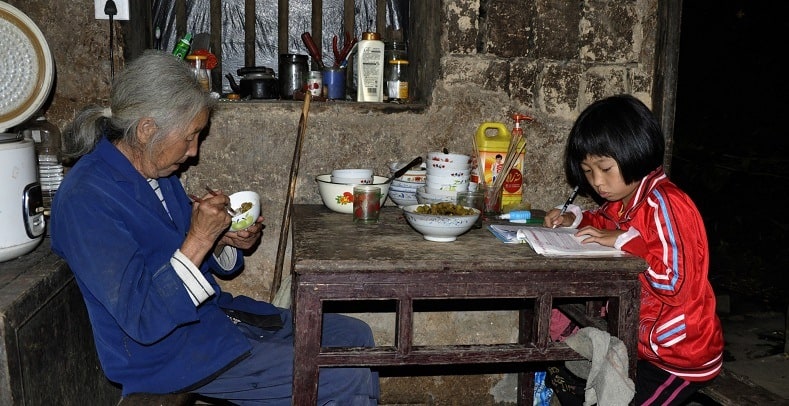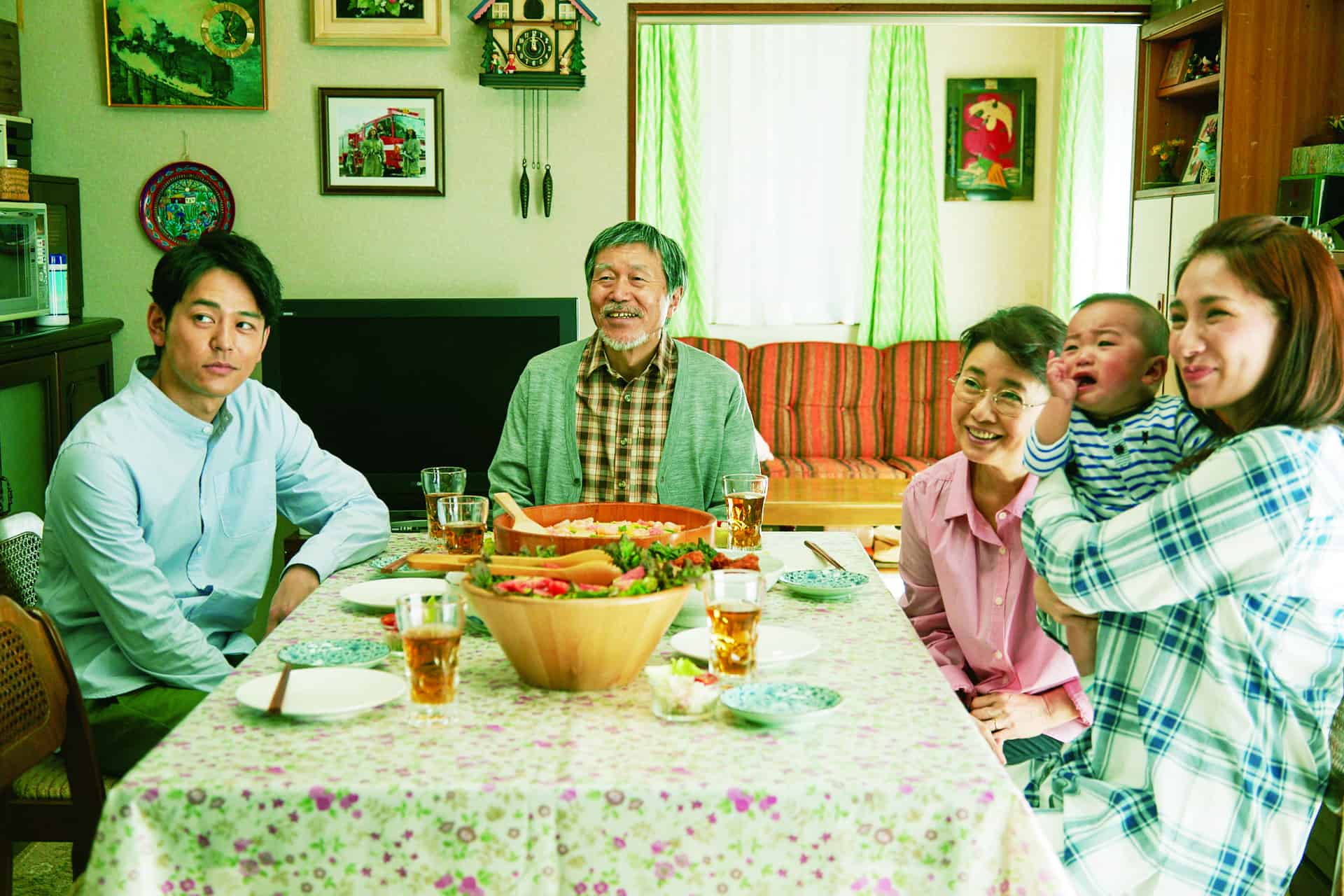Following the still unreleased in Malaysia “The Story of Southern Islet”, Keat Aun Chong came up this year his second film, “Snow in Midsummer” which had its premiere its Giornate degli Autori and led the number of nominations in this year's Golden Horse awards, although it left with only one for sound effects. The story is based on the homonymous classic Chinese play of the Yuan dynasty, also including in the story the 13 May incident, an episode of Sino-Malay sectarian violence that took place in Kuala Lumpur, the capital of Malaysia, on 13 May 1969, when a number of people disappeared, only to be discovered later in mass graves. As the director mentions, on that fateful night in May, an opera singer died and was buried in the same cemetery. During his research, he discovered a member of that opera troupe who revealed that they were performing “Snow in June”, a play that explores the themes of corrupt powers and wrongful legal decisions.
Snow in Midsummer is screening at Red Sea Film Festival

The story unfolds in two chapters. The first one takes place on 13th May 1969, when Ah Eng and her mother, a Chinese opera enthusiast, are attending the titular opera. As the riots between Malays and ethnic Chinese erupt, the girl and her mother hide behind the stage all night, emerging to find that the father and brother of the family are nowhere to be found. 49 years later, Ah Eng returns to the district to try to find traces of this traumatic history. Everything has changed – even graves are being ripped up – but some unexpected encounters give her a new perspective on her own and her country's history.
Keat Aun Chong directs an evidently difficult film, which demands of its audience some knowledge of (the particular) Malaysian history, the context of the original opera, a series of religious Annals including the Malay ones, some specific legends from South-East Asia and China, and a knack for the specific sound of the Chinese opera, in order to fully understand what the whole thing is about and appreciate it. Chong tries to tone down this element by explanatory text on screen, the fact, though, remains. On the other hand, it is also interesting to examine, how the movie could fare for an audience that does not know much, or even at all of the aforementioned elements.
Check the interview with the director
In that regard, the first part unfolds like an abstract drama that frequently crosses the border towards the musical, through extended sequences of Chinese opera singing, but still manages to communicate quite eloquently the impact of the events of the particular era. Especially the fact that people did not know what was happening, and even more so, what happened to all the people that disappeared during that night, is presented in the most elaborate and intricate fashion, with Chong embedding his narrative with a distinct, and very appealing sense of drama.
The impact of this drama is actually felt more in the second part, where the grief and trauma of the events of the first part are mirrored in the overall life and mentality of Ah Eng, who seems to still search for answers, closure, and some connection with a past she is not sure about. That these aspects have essentially made her life very difficult is quite evident, with Chong, however, giving some release by connecting the narrative once more to the Chinese opera, in one of the most impactful scenes here, close to the end of the movie.
This aspect, along with the intriguing story of the family through the years itself, is the part of the narrative that makes the movie appealing even to the one who has no knowledge of the aforementioned elements, resulting in a film that can be easily appreciated, even without being fully understood. The second aspect that leads to the same path is the excellent cinematography of Hsu Chih-Chun, who captures the action in the borders on the screen on occasion, reminding intensely of Hou Hsiao-hsen's style, while presenting the various setting the story takes place in with realism. Furthermore, Sam Chiang's art design is exquisite particularly in the first part in the theatre, while the whole presentation of the Chinese opera aspect is impressive to watch.
Goh Ai Chen's editing results in a expectedly quite slow pace for the most part, which succeeds, however, in incorporating all the different elements of the movie organically in the narrative, including scenes from a Malay movie of the past, the Chinese opera segments, and many more.
Wan Fang as Ah Eng gives a naturalistic performance, in perfect resonance with the film's aesthetics, with her acting, though, as much as of the rest of the cast, being somewhat detached, as if Chong wanted his audience to focus on the events and messages rather than the characters, in a choice that works well here also.
In the end, “Snow in Midsummer” is a film that will appeal more to the Malay audience, particularly the ones who have some knowledge of the elements mentioned above, but also to those who can enjoy movies without understanding them fully. And the truth is, that there is enough artistry and beauty here to allow just that.














